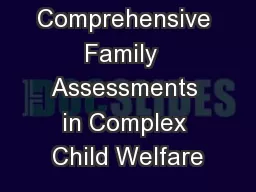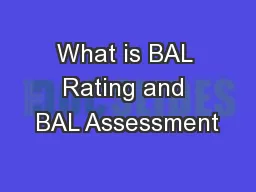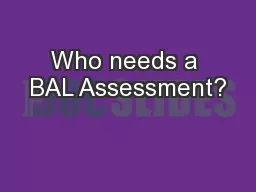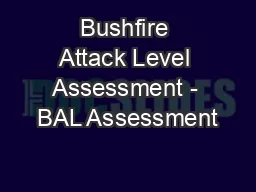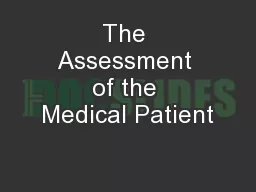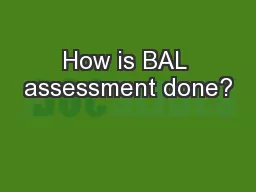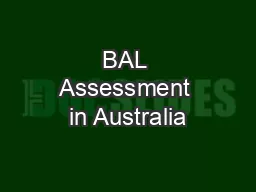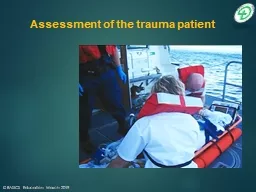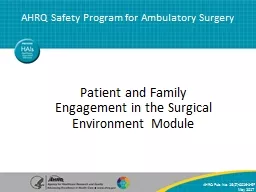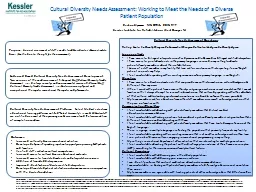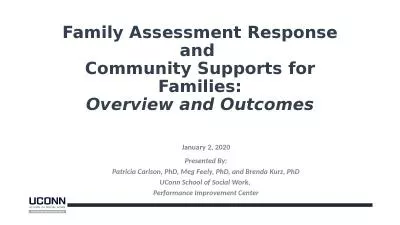PPT-Patient & Family Assessment
Author : mitsue-stanley | Published Date : 2017-11-01
Presented by Michelle Harkins MD Medical history Physical exam Objective measures This lesson will cover Determine that Patient has a history or presence of episodic
Presentation Embed Code
Download Presentation
Download Presentation The PPT/PDF document "Patient & Family Assessment" is the property of its rightful owner. Permission is granted to download and print the materials on this website for personal, non-commercial use only, and to display it on your personal computer provided you do not modify the materials and that you retain all copyright notices contained in the materials. By downloading content from our website, you accept the terms of this agreement.
Patient & Family Assessment: Transcript
Download Rules Of Document
"Patient & Family Assessment"The content belongs to its owner. You may download and print it for personal use, without modification, and keep all copyright notices. By downloading, you agree to these terms.
Related Documents


